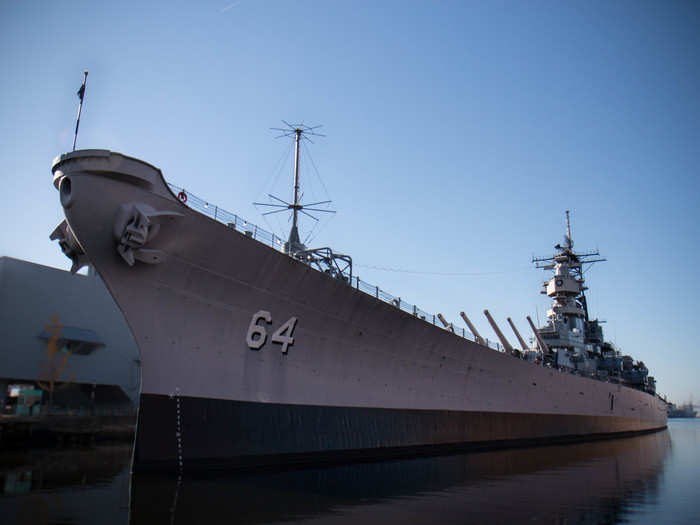

The Wisky had a displacement of 58,000 pounds when fully loaded, and was powered by four geared Westinghouse turbines that brought it to more than 38 mph.











The Wisky was also fitted with four Close-In Weapons System after its last commissioning, but they have since been removed.





The crew size during World War II was 134 officers and 2,400 enlisted sailors, which changed to 65 officers and 1,501 enlisted sailors during the Gulf War.
 Love in the time of elections: Do politics spice up or spoil dating in India?
Love in the time of elections: Do politics spice up or spoil dating in India?
 Samsung Galaxy S24 Plus review – the best smartphone in the S24 lineup
Samsung Galaxy S24 Plus review – the best smartphone in the S24 lineup
 Household savings dip over Rs 9 lakh cr in 3 years to Rs 14.16 lakh cr in 2022-23
Household savings dip over Rs 9 lakh cr in 3 years to Rs 14.16 lakh cr in 2022-23

Copyright © 2024. Times Internet Limited. All rights reserved.For reprint rights. Times Syndication Service.